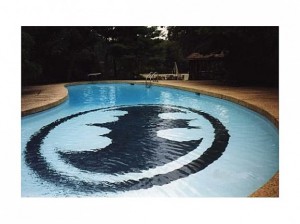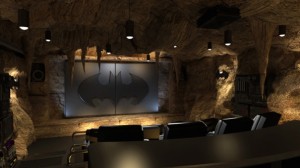People have a problem with change. No need to gasp, this isn’t exactly a new concept – and frankly, to some extent, fearing change isn’t a big deal. If the change you don’t like is relative to your obsessive-compulsive resembling schedule, daily routine, or something personal that doesn’t affect those around you, then we can probably let that slide. The real problem is people who fear change and exercise their fear in situations where they impede progress or conflict with those around them. Look at climate change for example. We talk about this quite often – people are in denial about the concept of climate change because they fear the changes they may need to make to either a) prevent the issue from growing, or b) the changes they’ll need to make once their lives have been affected by climate change as a result of global negligence of the issue and its preventative measures.
But today we aren’t actually directly talking about climate change. We’re talking about how the fear of change directly impedes progress – the fear of change derived from stubbornness, “old-school” mentalities, and people being straight-up stuck in their ways. Getting to the point of all this, here’s the opening portion of a C|Net article we read that sparked the creation of this post:
“Twitter co-founder Evan Williams and his wife were trying to find a nice San Francisco neighborhood for their young family to call home. A year and half ago, they found what they were looking for, a 6,300-square-foot lot occupied by an early 1900s home that they now want to demolish to make way for a new house.”
Now, this article goes on to explain the intentions of Williams’ need for demolishing this early 1900’s home – to re-build the home as a zero net energy home. His plans for the home include solar panels, a green roof, and sun-friendly glass. If you ask us, the demolition of this beautiful, yet very old home, is not that big of a deal considering that its replacement would have less impact on the environment. This is where we come full-circle to the issue of change. Before Williams even submitted his plans for this newly purchased home, over 240 complaint were filed by surrounding neighbours.
This is exactly what we’re talking about where people, in the same instance as global warming, want things to stay the same for personal benefits rather than supporting the greater good of society or the environment. The sad part is how ill-informed the people submitting these complaints are, especially when looking at exemplary quotes like “TEAR DOWN is NEEDLESS, WASTEFUL, POLLUTION, DISRESPECTFUL,” which was written on a hand-written flyer and passed around by some long time residents of the neighbourhood to every house around; hence the overflow of complaints. It seems really unfair that based on personal opinion, stubbornness, and inconvenience, that one of the most progressively and sustainable houses the area is yet to encounter, is receiving so much negative attention and having unnecessary “road blocks” created for the project.
The moral of this story is that fear of change is detrimental to the social and environmental progression that we need to save our planet from a climate disaster. If people want to tear down archaic houses and place a new, socially and economically friendly property on its foundation, why not support it? We need to change our ways and progressively work toward a greener future, and yes, that will involve replacing a lot of buildings for ones that aren’t going to be detrimental to the environment. It’s just the way it has to be…
Tell us what you think about demolishing for the purpose of responsible re-construction, or any other feedback on Twitter.
image credit: CNET



